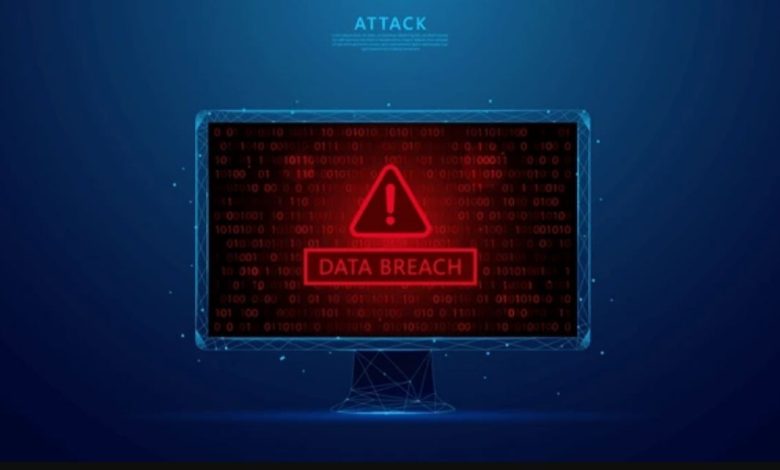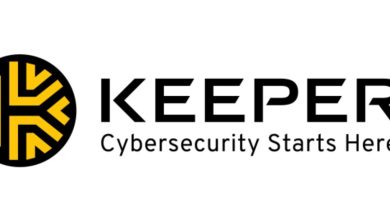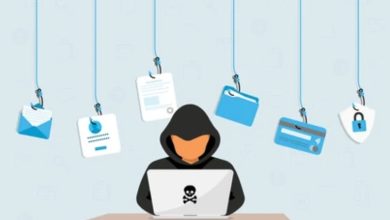The Time Is Now to Secure Telecommunications in Asia Pacific
Because Cybersecurity Breaches Are Far More Common Now and Pose a Greater Impact on Those Affected

When it comes to telecommunications, the Asia Pacific has some of the most advanced technological implementations in the world, with China, Japan, Singapore, and South Korea having some of the most comprehensive 5G coverage. With such pervasive mobile broadband coverage comes convenience—as well as the need for heightened cybersecurity—both from the telcos’ front as well as for end-users.
This concern showed up in the media recently, where a data breach exposed 27 million records at South Korea’s SK Telecom. In a world where your personal identifiable information (PII) can be used against you by threat actors masquerading as you online, data breaches in the telecommunications industry can indeed be a migraine for telecommunications providers holding on to such information, as well as the individuals who entrust them with it.
Data Breaches Are Now Commonplace
Data breaches are now a regular occurrence, even in the telecommunications industry, and their impact on privacy is worse than ever. For example, in the recent Keeper Insight Report 2024, identity-based attacks are the main cause of this trend. Compromised user credentials, unauthorised access, and standing and excessive access permissions are still the most common ways for threat actors to enter and move within a network.
Worse yet, cybersecurity attacks are not one-time incidents as threat actors are often relentless in their targeted or brute-force attacks, increasingly supported and scaled with the use of Artificial Intelligence (AI). With sufficient computational power, threat actors can accelerate their onslaughts and scale the size of their campaigns to maximise the number of targets. It is not uncommon to find, for example, Content Management System (CMS) websites based on WordPress typically “invite” brute-force attacks relentlessly when they become online, which makes securing any node, server, or web property a dedicated job. In 2024, Wordfence reported over 4.3 million brute-force attacks against WordPress sites.
Identity and access management controls are an important first line of defence. Keeper Security’s research found that 52% of information technology and cybersecurity leaders said their teams have trouble with securing passwords against theft, signifying that it is a significant challenge even today.
To keep up with how quickly threat actors speed up and scale their attacks, organisations must secure their passwords and secrets, implement a zero-trust security model, and enforce the Principle of Least Privilege (PoLP) with a modern Privileged Access Management (PAM) solution.
Telecommunications Organisations Are Prime Targets
Threat actors attack and attempt to breach their targets based on a variety of motivations, which can range from financial incentives to political reasons and even “bragging rights” to their nefarious peers.
Telecommunications service providers are naturally prime targets for threat actors because they are well-known brands, handle vast amounts of sensitive customer data and run critical infrastructures. Nation-state actors and cybercriminals are relentless in their efforts to exploit potential security lapses and vulnerabilities that can lead to a catastrophic breach.
These vulnerabilities can include stolen login information and excessive access rights for particular users. When threat actors traverse through a network, they do the most damage by slowly and insidiously gaining more access and gathering sensitive data without anyone noticing. Phishing is often the most common way threat actors begin, since the barrier to entry is very low and end-users without heightened cyber hygiene can easily be compromised. In the telecommunications industry, even one hacked account can put millions of users and important systems at risk.
Keeping Vigil
So, how should organisations adapt and lead in securing their networks, systems and users in the Asia-Pacific region?
First, the idea of simply setting up a comprehensive perimeter defense is no longer enough. As cyberattacks grow in sophistication and organisations adopt hybrid work models, traditional security models have become vulnerable, prompting many organisations to adopt zero-trust security. Perimeter defence models assume trust for users inside their networks, whereas zero-trust security verifies every user and device by default, requiring continuous authentication.
Organisations in the Asia Pacific need to examine their security architecture and protect the account credentials and access rights that can lead intruders to sensitive systems as well as business and customer data. Poor credential management and too many access rights for individual users are often what lead to the worst data breaches.
A modern cybersecurity posture in telecommunications and every industry, really, requires the use of a privileged access management platform to enforce least-privilege access, secure password management to get rid of weak, reused and compromised credentials, and the ability for administrators to monitor and control who has access to what.
While regulatory compliance is the bare minimum, organisations must rise above the minimum, and understand that the real costs come from the damage to reputation, the trust of customers and the costly disruption to the business.




